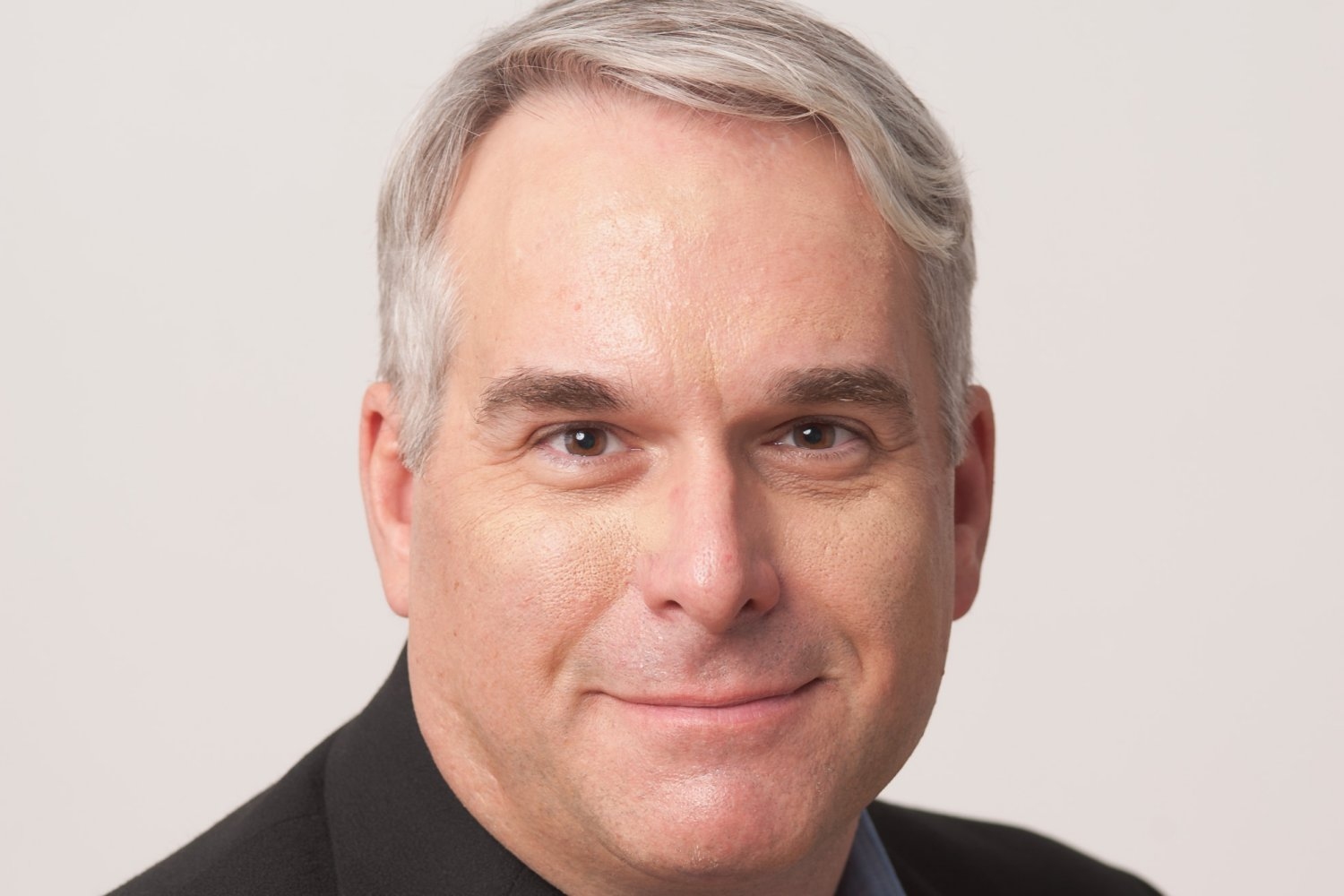
A $1 million gift from Dan and Judy Gilbert creates a permanent funding source and supports expansion of entrepreneurship programs.
MIT Sandbox Innovation Fund Program
Through a $1 million gift from Daniel Gilbert ’91 and his wife, Judy, the MIT Sandbox Innovation Fund Program gained a permanent source of funding with the establishment of the MIT Sandbox Endowment Fund. The new fund allows MIT Sandbox to expand its entrepreneurship education offerings to MIT undergraduate and graduate students, bringing to life the Gilberts’ dream to transform MIT Sandbox into a permanent program at the Institute, bringing technologies, ideas, and business concepts to life in ways beyond the imagination.
“The Gilberts’ generous gift exemplifies the ethos of the MIT Sandbox Program, which is to learn through doing,” says Anantha P. Chandrakasan, dean of the MIT School of Engineering and Vannevar Bush Professor of Electrical Engineering and Computer Science. “I’m grateful to the Gilberts for their vision and support of MIT Sandbox through this foundational gift.”
Launched in 2016, MIT Sandbox has established a reputation as a top-notch program that equips students with lessons they can apply in life, as well as the classroom. MIT Sandbox currently supports 500 teams of student entrepreneurs annually, offering mentorship from seasoned business leaders and non-dilutive seed funding of up to $25,000 to support the development of nascent technologies, the launch of early-stage companies, or the germination of ideas.
“As one of the first endowment funders for MIT Sandbox, Dan is not only bringing life to the program financially, but he is also championing this one-of-a-kind organization to peers inside and outside of the Institute, paving the way for others to see that their financial support has immediate real-world impact by making MIT student innovation possible through world-class education,” says MIT Vice Chancellor for Undergraduate and Graduate Education Ian A. Waitz, the founding faculty director of MIT Sandbox.
MIT Sandbox focuses on tailored education and mentoring and equips students with practical skills and the know-how to launch and run a business. Many teams spend 12 to 18 months working with MIT Sandbox mentors and evolving their ideas through market research, customer discovery, and prototyping.
“Our program is not a competition. Our goal is to encourage all MIT undergraduate and graduate students to see an entrepreneurial experience in the same way they see a research experience — as an important opportunity to experiment and learn,” explains MIT Sandbox Executive Director Jinane Abounadi.
Entrepreneurship education broadens students’ perspective
This ethos is shared by Dan Gilbert, who says his experience as an MIT student was life-changing. He learned first-hand the transformative power of innovation, which developed into a life-long passion for early-stage startups. Through his gift to MIT Sandbox, Gilbert hopes the program provides a forum for MIT students to learn and experience entrepreneurship — cultivating a unique spark of innovation and an appreciation for the speed of disruption that comes only from the startup environment.
Now an early-stage investor in the San Francisco Bay Area, Gilbert was one of the founding funders of MIT Sandbox and remains a dedicated mentor.
“I believe that starting a company is a unique way for students to think about how their coursework and research has application beyond the MIT campus,” says Gilbert. “Thinking about potential users of their technology or service ideas encourages students to take a broader view — it gives them a different lens.”
MIT Chancellor Melissa Nobles says the MIT Sandbox experience represents impactful educational opportunities for students.
“MIT Sandbox helps make possible the dreams of brilliant MIT minds through the practice of inquiry and hands-on experimentation undertaken in the program,” says Nobles. “Innovation is what drives MIT, and I’m pleased that we can offer our students a place to tackle hard problems, devise creative solutions, and make real-world impact and change through the MIT Sandbox program.”
Scaling MIT Sandbox = scaling student entrepreneurs
Since 2016, hundreds of MIT Sandbox teams have launched startups, many of which have gone on to raise multimillion-dollar funding rounds — a scale that Gilbert says is breathtaking, and a testament to student enthusiasm for the program and a real thirst for an entrepreneurial experience.
One success story of the program is Lightmatter. The founder and chief scientist of Lightmatter, Darius Bunandar ’19, shares that MIT Sandbox was what made the difference for the venture.
“MIT Sandbox helped prepare us with the tools to solve some of the challenging aspects of starting a business by making meaningful connections to mentors like Dan Gilbert,” says Bunandar. “Dan helped us navigate fundraising procedures, from understanding our first term sheet to conducting the negotiation process and framing the technology as a product for our customers. When bringing an early-stage technology to the market, it is not only about solving hard problems but also about evangelizing the technology or the solutions to customers. The investment of time and expertise from MIT Sandbox helped us build a successful foundation.”
“This kind of success story can be re-told by many hundreds of teams for which MIT Sandbox has served as a launchpad,” says Abounadi. “With our new Endowment Fund ramping up, we’re all tremendously excited to see what growth experiences MIT Sandbox can bring to the students of today and tomorrow.”
